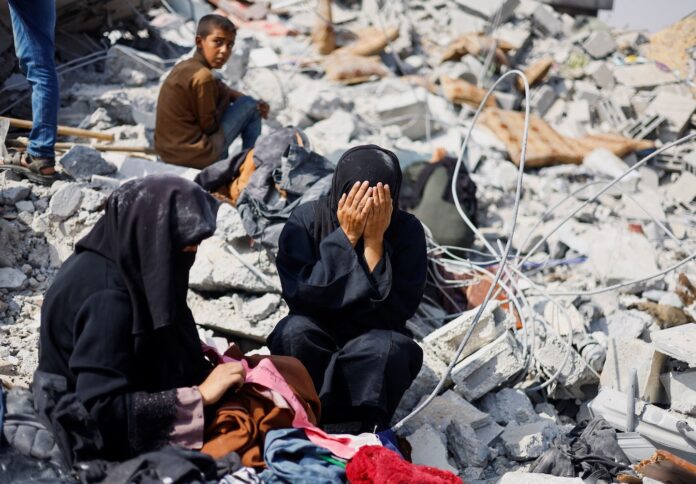Hamas has agreed to a ceasefire proposal put forward by Egypt and Qatar, raising hopes for an end to the ongoing war in Gaza.
“Two days ago, we received a proposal from the mediators in Egypt and Qatar. We dealt with it positively and accepted it,” said Hamas negotiator Khalil al-Hayya in a televised address on Saturday.
However, Israel has not yet confirmed its stance. Prime Minister Benjamin Netanyahu’s office acknowledged receiving the proposal but instead submitted a counter-offer in coordination with the United States.
A Phased Peace Plan?
The proposed ceasefire is expected to unfold in three phases:
Phase 1 (already completed) – Temporary halt in fighting, partial hostage exchange
Phase 2 (pending agreement) – Further hostage releases, Israeli troop withdrawal
Phase 3 (final stage) – Long-term ceasefire arrangements
Under the new proposal, Hamas would release five Israeli hostages per week—a move that Egyptian sources say has received positive signals from Israel.
But Hamas remains firm on one major condition: any agreement must lead directly to Phase 2—not just an extension of the current 42-day truce.
Red Lines and Roadblocks
Israel and the U.S. insist that Hamas must not play a role in post-war Gaza governance. Meanwhile, Hamas refuses to disarm, calling its arsenal a “red line” as long as the Israeli occupation exists.
Ongoing Fighting
Despite ceasefire negotiations, Israel continues its military operations, including airstrikes and ground incursions into southern Gaza’s Rafah region. At least 20 Palestinians were killed in strikes on Saturday, according to local health officials.
The war, which began on October 7, 2023, has resulted in:
Over 50,000 Palestinians killed (Gaza Health Ministry)
1,200 Israelis killed (Israel’s tally)
With both sides holding firm to their demands, the world watches closely to see if this fragile diplomatic effort can finally bring peace to Gaza.



















